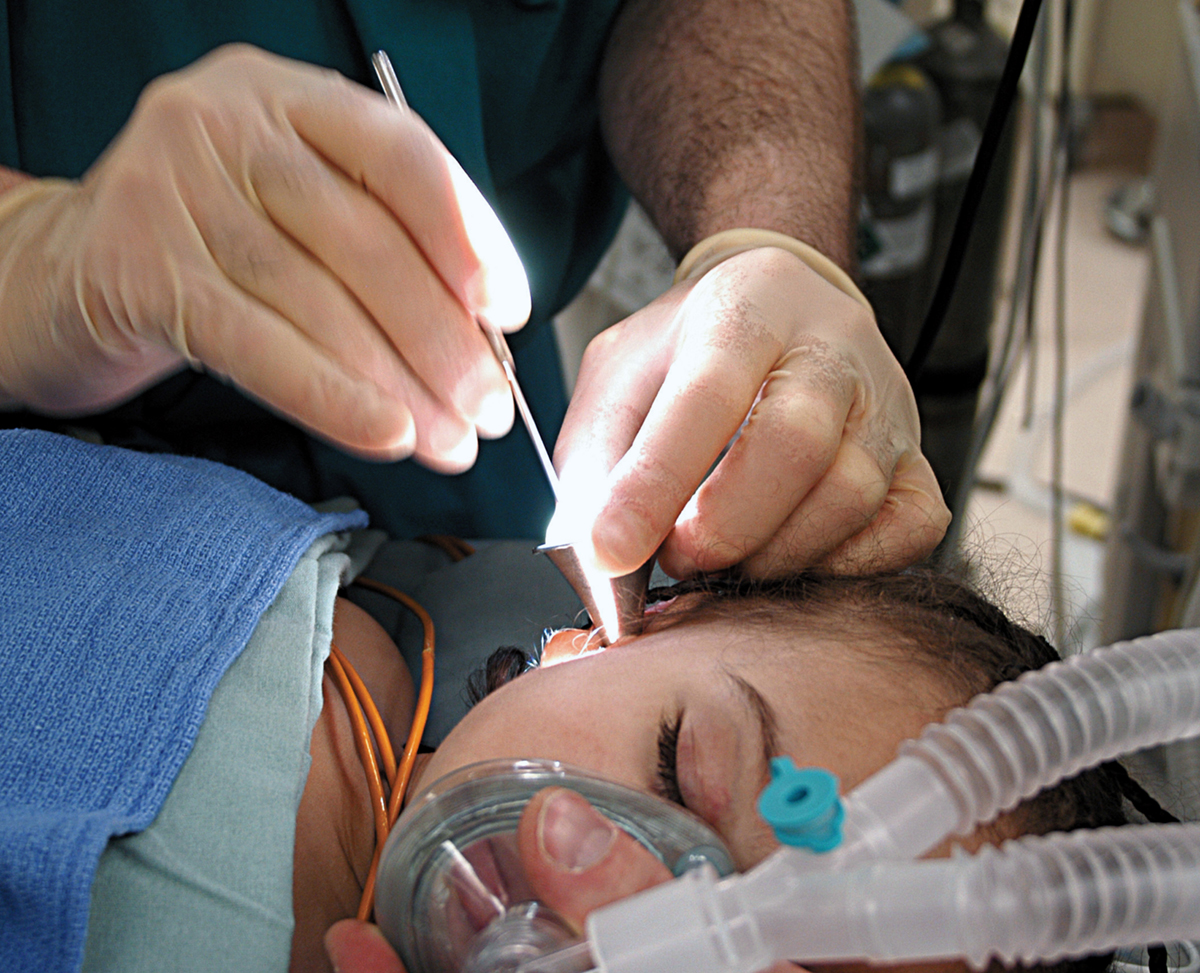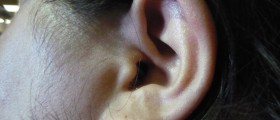
There are a lot of people all over the world who suffer from various ear infections. Even though a person of any age can be affected by an ear infection, they are more commonly seen in babies and children. Some of the most common symptoms of ear infection are earache, mild deafness, discharge, fever, headache and itchiness or blisters in the ear. Otitis media or otherwise known as middle ear infection needs to be treated because it can lead to burst or ruptured ear drum or glue ear. The two most common ways in which ear infections are treated are surgery and antibiotics. People need to know that an ear consists of three parts and that all three parts can be affected by bacteria, viruses or fungi. Out of all the infections, children usually suffer from middle ear infections. According to the experts, four out of five children will experience otitis media at least once during their childhood.
Symptoms of ear infections
The type of an ear infection will determine the symptoms but some of the most commonly seen symptoms of ear infections are earache, mild deafness, ear discharge, fever, headache, loss of appetite, itchiness and blisters in the outer ear, noises like buzzing or humming and vertigo.
Causes of ear infections
People need to know that there are various causes of ear infections. In addition to this, there are also various risk factors that increase the chance of a person suffering from an ear infection. The most common causes are upper respiratory tract infections, sudden changes in air pressure, Eustachian tubes that are not the proper size, cleft palate, age and swimming in polluted waters. If a person does not clean the ears properly, that can also lead to ear infections. If a person scratches the tissues or does not dry out the ear properly after bathing, that can also lead to an infection.
Types of infection
When a person suspects of an ear infection, it is best that he or she goes to the hospital and seeks medical assistance. The doctor will usually perform a physical exam and take the pus or discharge to the laboratory in order for the analysis to be made. There are some cases when the doctor may order a CT scan in order to properly diagnose the infection. Otitis media, otitis externa, serious otitis media, infectious myringitis, acute mastoiditis, vestibular neuronitis and herpes zoster of the ear are known to be ear infections.






_f_280x120.jpg)










Your thoughts on this
Loading...